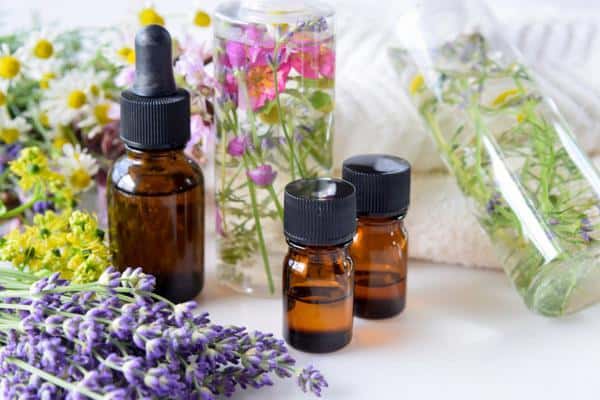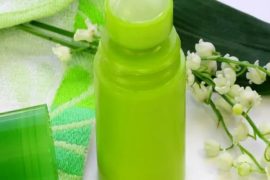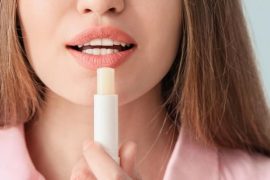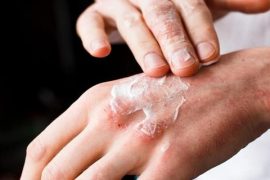Зміст
Lavender oil is one of the best natural ingredients for skin, hair and nails. It has anti-inflammatory and bactericidal properties, slows down the aging process and instantly regenerates the skin. At the same time, it is the safest oil for external use – it does not cause irritation or allergies, but it helps with acne or psoriasis. Lavender oil will also strengthen the hair structure, prevent splitting nails and support the fight against cellulite and hyperhidrosis. However, its unique properties do not end there. Learn how to make your own lavender oil and how to use it.
What is lavender oil and what does it contain?
Lavender oil is obtained from narrow-leaved lavender, which has been successfully used in natural medicine, including to combat ailments of the digestive system. The oil is used externally – on the skin, hair and nails, or for aromatherapy. It contains many biologically active substances, mainly flavonoids, phytosterols, tannins, coumarins and linalool.
They have strong anti-inflammatory, bactericidal and fungicidal properties, constrict blood vessels, reduce swelling and remove free radicals from the body that are responsible for skin aging and even cancer formation.
How does lavender oil work on hair?
Lavender oil instantly nourishes hair and stimulates blood circulation in the scalp. Thanks to this, it will strengthen the hair from the roots, accelerate its growth and reduce hair loss. It will also slow down oily hair and support the fight against dandruff and head lice. Lavender oil perfectly regenerates hair, smooths it and adds shine.
How does lavender oil work on the skin?

Lavender oil has a beneficial effect on the skin. Nourishes, regenerates and accelerates the healing of wounds or sunburns, reduces scars. Especially recommended for skin prone to acne – it fights bacteria, thoroughly cleanses and reduces the amount of sebum produced. Soothes the symptoms of psoriasis and mycosis.
The substances in lavender oil are also excellent at stimulating blood circulation. Therefore, it is worth rubbing it on the thigh – it will support the fight against cellulite. When applied to the armpits and feet, it will significantly reduce skin perspiration.
Other properties of lavender oil
Lavender oil is used mainly in cosmetics, but it also helps fight diseases of the nervous system. It is enough to add a few drops of oil to the bath to quickly relax, relax and overcome persistent headaches (including migraines) and joints. Inhalation with lavender oil has also been shown to reduce the risk of depression, promote sleep and lower blood pressure. You can rub a little oil into your pillow – the effect will surprise you the very first night.
In summer, lavender oil is especially useful – it effectively relieves itching and reduces swelling after insect bites. Its scent also repels mosquitoes, flies, moths and spiders. It is enough to leave the cotton wool soaked in oil near doors, windows and food.
How to make lavender oil?
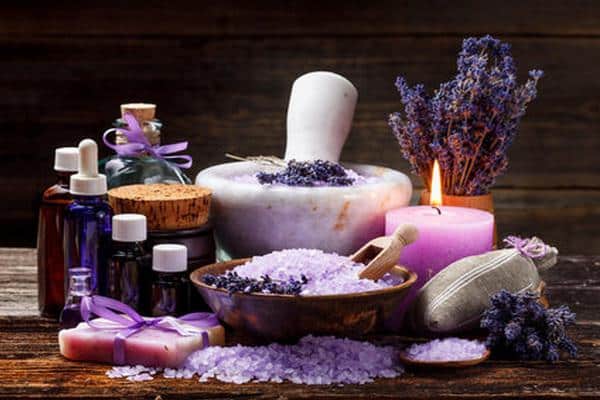
Lavender oil is available in stores and pharmacies, but you can easily make it yourself. A few handfuls of fresh or dried lavender flowers are enough to pour into a jar and cover with warmed almond oil. The jar should be tightly closed and stored in a dark place for at least a month. After this time, the substance must be filtered and the liquid must be poured into a dark bottle.


